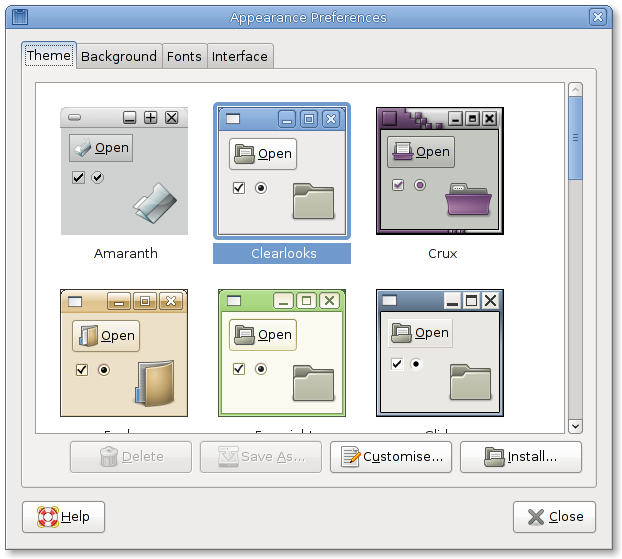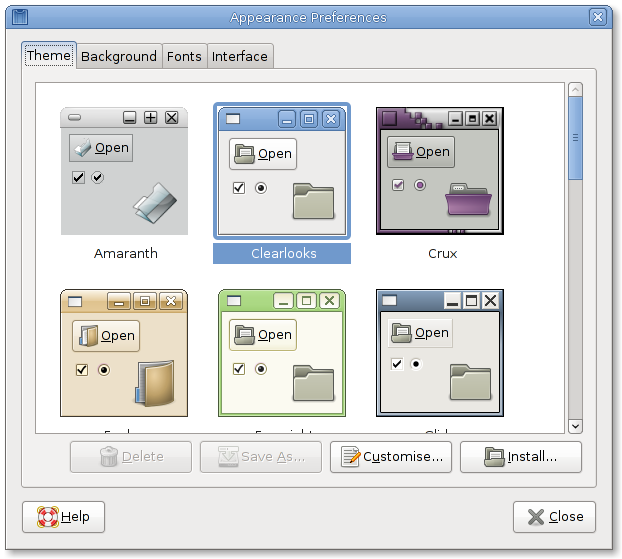Design Decisions*
I was doing some bug fixing for the control center today and came across bug 442168. It is asking for a preference to be added to the control center that would allow users to change the size of icons in menus, buttons and toolbars across the desktop. I can see at least two possible valid use cases for this:
- Users with low screen resolution want to reduce the size of their icons to maximise efficiency in screen estate
- Users want to increase the size of the icons for accessibility reasons
These are obviously two conflicting use cases, where an option would be necessary to satisfy them both. However, there is some disagreement over whether this is a useful enough option to add to the UI. I can see that to some people this would be a greatly beneficial, and that if the option were to be added, even more people may end up using it. On the other hand, not including this option doesn’t have any serious drawbacks and in fact, helps us maintain a more clean and simple user interface.
A Quantitative Approach?
The problem here is that the advantages and disadvantages do not clearly out way one another. Could we therefore find a more quantitative approach to making this decision? Firstly, we might want to look at the percentage of users who would find the option useful and then compare with the following thresholds:
- 0% to x%: Not many users will choose this option, therefore not useful enough to consider adding to the UI
- x% to y%: Some users will want to change this option, therefore useful to have
- y% to 100%: Lots of users will use this option, we must have made a bad design decision somewhere
In addition to the number of users who would consider using an option, we must also look at the importance of the option per user. For example, I would suspect that some accessibility options are used by only very few people, but these options are of critical importance to those using them. The resulting decision would have to be made on an interpolation of the two sets of figures.
So the bigger question is, how do we (as the free software community) go about finding these statistics in the first place, and what is the best thing to do if we can’t agree on a decision?
* If you haven’t already done so, read Havoc’s paper on UI design choices as background




